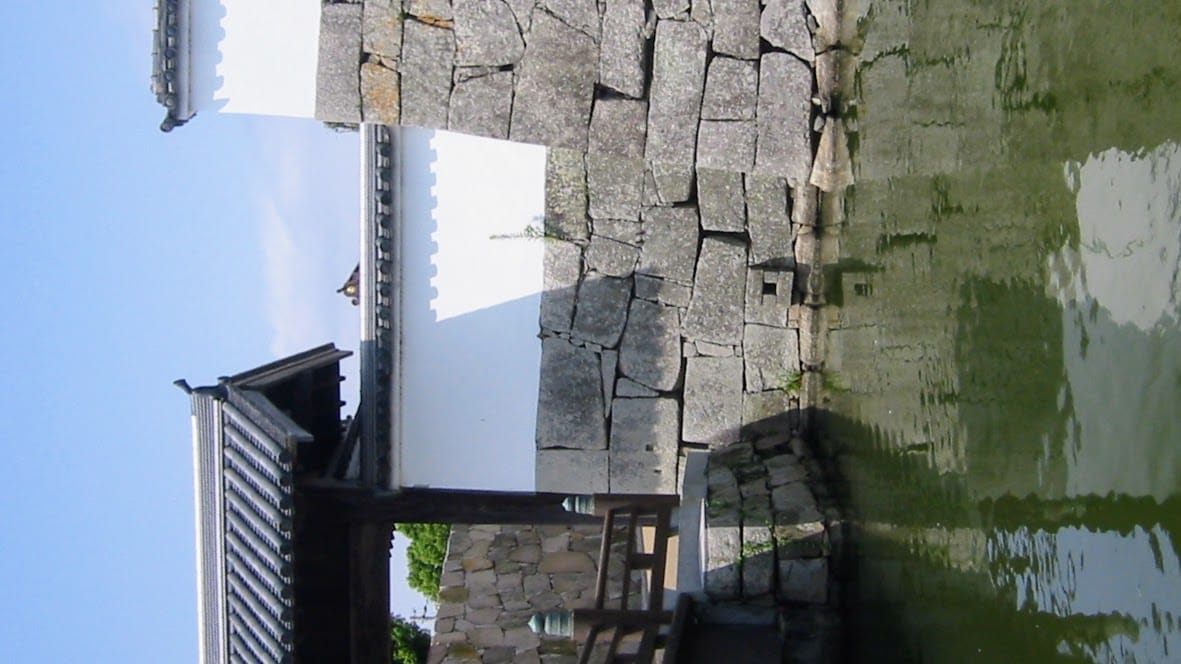Kangaroo Court

We’re lying on the futon that’s angled carefully between the several teetering piles of cardboard boxes that line the walls of the tiny second-floor room. She’s in transit: half-way between packing and unpacking and no strong motivation to go all the way in either direction. Downstairs there’s one spoon and one fork in the cutlery drawer and a motley collection of disposable chopsticks to go with them, the moist refresher towels wrapped around them long since dried into brittle husks. The fridge empty, bar two unfinished tubs of miso and a six-pack of cheap beer.
She’s on her side, thumbing through a small pile of books and she moves one onto what I’ve gathered is the “to dispose of” pile. I flick her in the ear as I lean over to grab the book, and she swears at me in incomprehensible dialect, then stomps downstairs to make coffee. She must have supplies I missed on my initial survey of the kitchen – or she’s very creative with miso.
The book I have grabbed is one of those overly cheerful, not-quite tourist brochures, explaining regional treasures with the kind of breathless enthusiasm usually reserved for aging volunteer tour guides or, in this case, a bored local-government employee with a flair for hyperbole. The cover features a photo of a grim looking stone warrior wielding an axe. In the background, just visible between a line of bevelled pink text and a cartoon warrior hefting some kind of halberd, is the silhouette of a Ferris wheel.
Following the Japanese text is a short translations of the key points in English, Chinese and Korean: the charmingly naive Japanese attempt at “if we build it they will come” multiculturalism. Judging by the English, the consensus in the office was that though no one spoke the language fluently, it was worth having a crack at a translation and, besides, if it was stuck in the back pages of the book, who was going to notice?
“Ako ruins of the castle, which was built in 1661 by Naganao Asano, the lord of Ako, more than 300 years old, has been classified as the monuments and cultural assets of rich tradition.”
There’s a single line about the Ferris wheel which I now learn forms part of a huge seaside park somewhere south of the town. It’s got artificial lakes, a small zoo and something called “Wonderful Land.” I’m sold.
She return with two mugs of coffee strong enough to make me weep. When I ask her about the wheel admits that she’s never ridden on it, although she’s lived in the town for nearly five years. “It’s not something locals do,” she says. “But they must,” I insist. “Look, there’s a website and everything.”
“It doesn’t feel right, being a tourist in your own town. Not that it’s my town. Shall we go some time?”
“Now?”
